The Ustû’tlï
There was once a great serpent called the Ustû’tlï that made its haunt upon Cohutta mountain. It was called the Ustû’tlï or "foot" snake, because it did not glide like other snakes, but had feet at each end of its body, and moved by strides or jerks, like a great measuring worm.

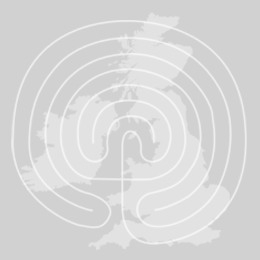
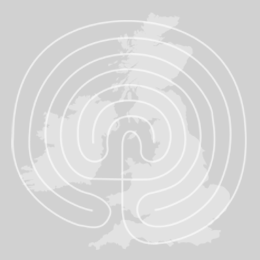
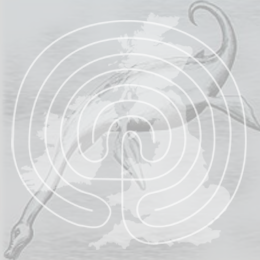
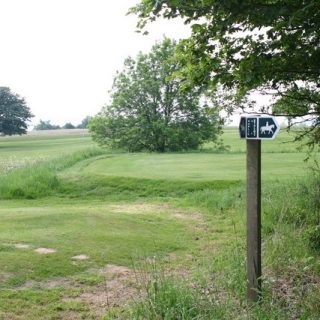
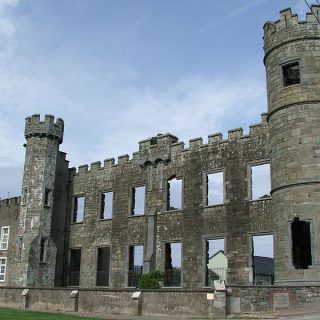
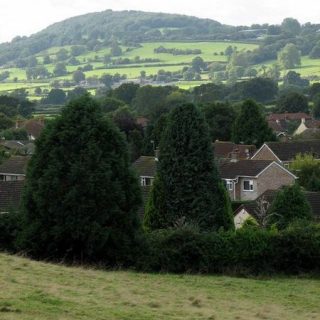
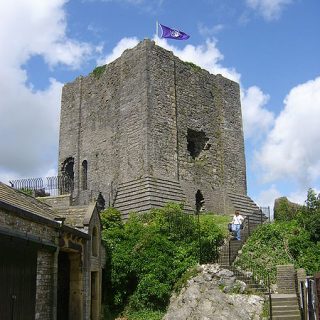
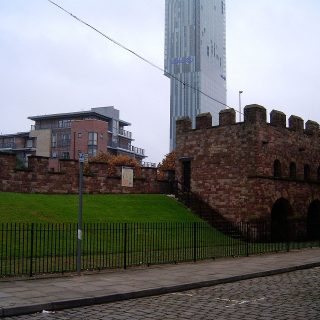
Recent Comments